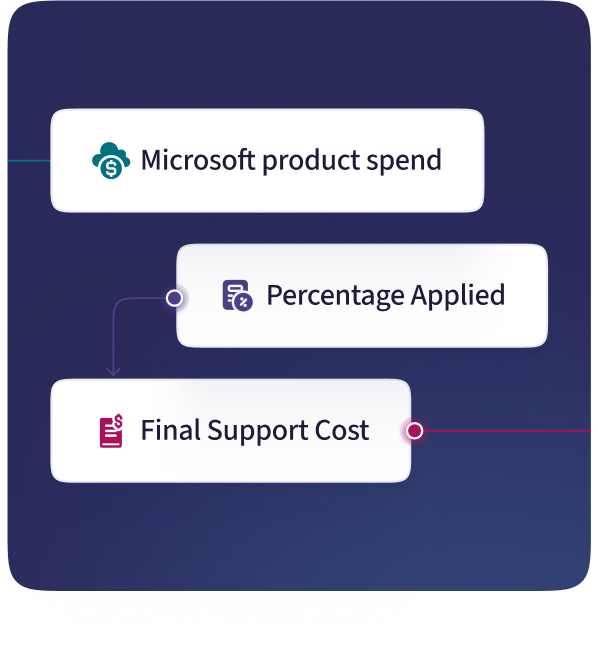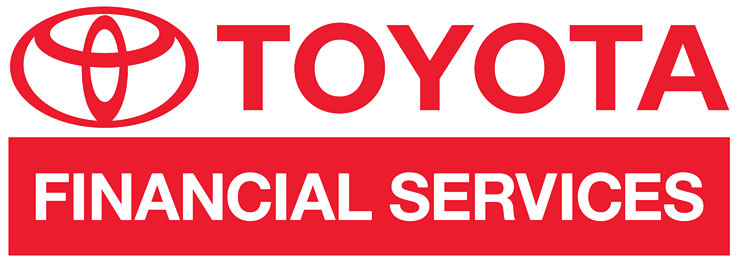Microsoft Support Services
Understanding The Real Costs Of Supporting Your Microsoft Estate
As organisations navigate the complexities of Microsoft’s support ecosystem, understanding the right approach to meet their needs has never been more important. This report offers key insights into Microsoft’s Unified Support model and provides guidance on evaluating solutions that align with your organisation’s objectives.
With over a million businesses relying on Microsoft 365 and 85% of Fortune 500 companies using Microsoft Azure, Microsoft’s products are central to productivity and innovation worldwide. However, since the shift to Unified Support in 2017, many organisations have faced rising costs—up to 200% higher in some cases—due to a change in pricing structure.
In this report we look at the complex model of Microsoft support and considerations you need to take on evaluating the best solution for you.
%20Mockup.png?width=624&height=464&name=Hard%20Cover%20Catalog%20(33%2c5x24%20cm)%20Mockup.png)
Key Takeaways
Microsoft Unified Support often increases costs by 30-200% compared to the old Premier Support.
Gartner reports 60% of users are dissatisfied with Microsoft support—citing poor service quality.
New AI-led support strategies like Retrieval-Augmented Generation (RAG) can enhance issue resolution.
bluesource’s third-party support model shows 95% client retention, 99% SLA achievement , and 71% in-house resolution.
Switching to TPSM providers could save businesses 30–60% and offer faster, more proactive support.
Transparent pricing, flexibility, and AI-enhanced responsiveness make third-party options worth considering for IT resilience and growth.








Not only did we save 40%+ on the support renewal, we expanded our coverage with significantly faster response times and far better engagement than we ever received from Microsoft directly.
Global Bank
